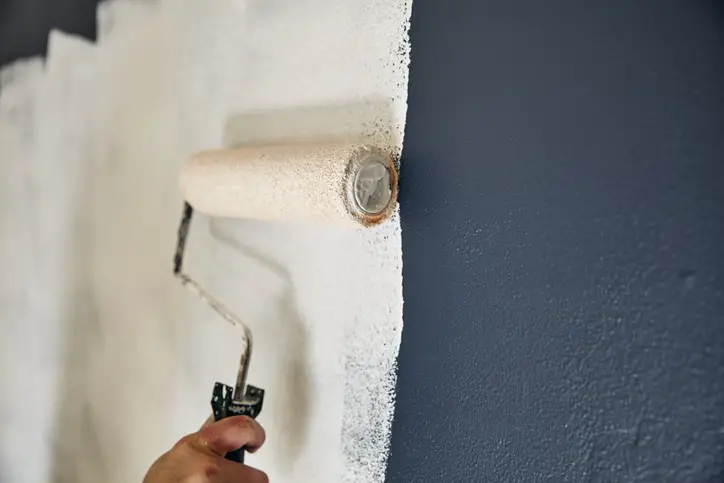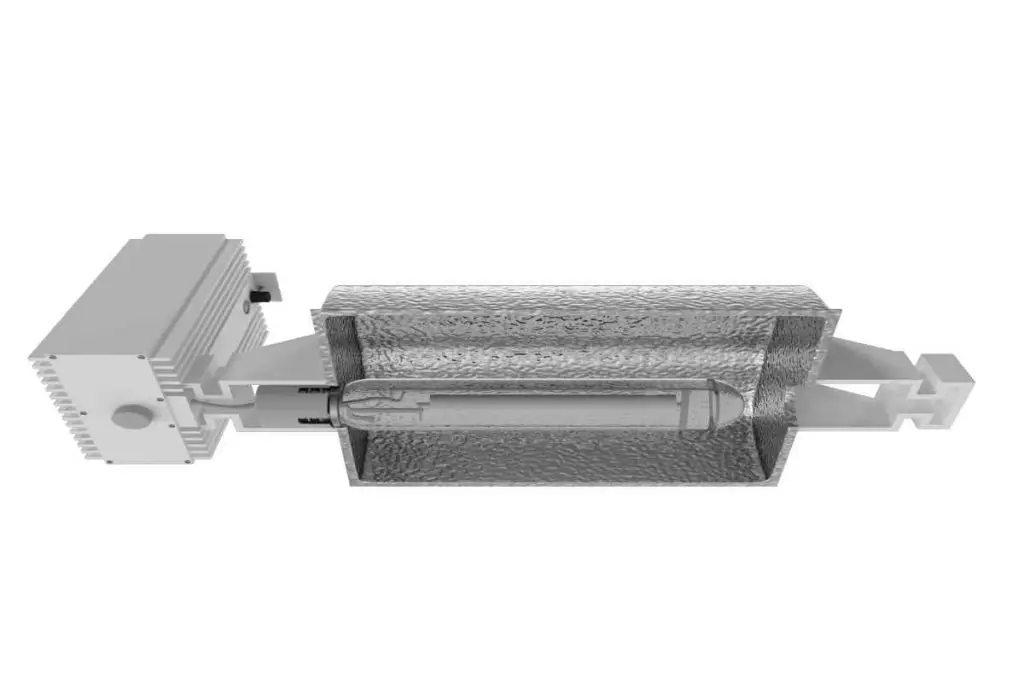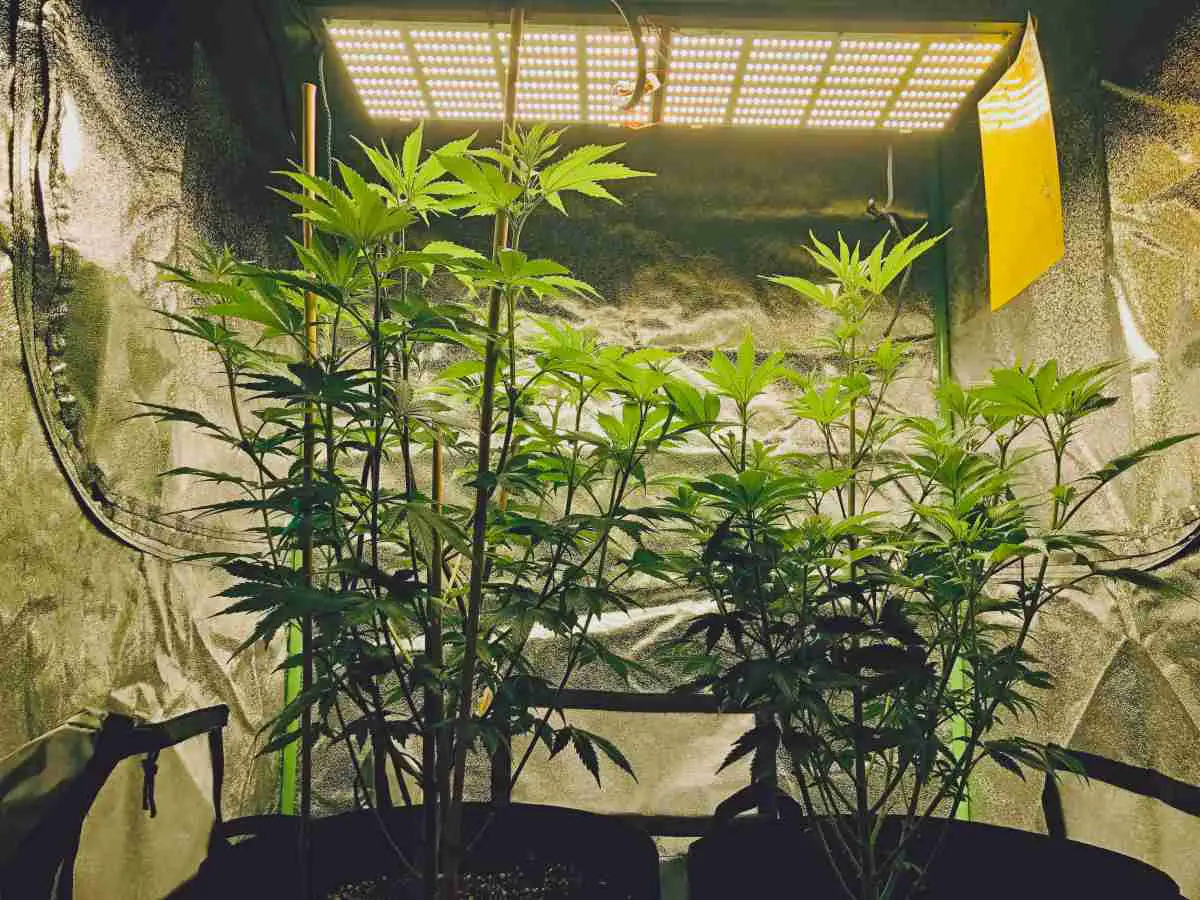If you have been observant, you have noticed the insides of most grow tents are laced with a reflective material. Almost all grow tents have a reflective surface. And this happens for a reason.
Lighting is an important consideration when you’re growing cannabis. The plants should be well-exposed, absorbing all the light they need to grow favorably and yield abundantly. If your lighting is poor, expect to harvest small buds that haven’t matured to their potential.
However, even when you have the best lights, sometimes shadow spots can spoil all the fun for the plant. You need the canopy to get all the light, but other parts of the plant too need the light, and it is for this reason that grow tents have reflective surfaces.
Does Reflective Material Help Plants Grow?
Reflective materials help in distributing the light efficiently to all the parts of the plant. They limit shadow spots, improve light exposure to all the plant parts, and perk up the plant’s growth and development.
When shopping for grow tents, you will notice sellers emphasizing the bit about their tents having reflective mylar. If you want to achieve light efficiency, then a reflective mylar is a must-have for the grow tent you want to buy.
Reflective surfaces help utilize light beams that could have otherwise been wasted.

Once the light beams leave the overhead lights, they hit the plant, pass through, and get wasted on walls and ceilings.
But when the inside of the tent is reflective, the light will be bent back to the plants— reaching parts that would have otherwise missed it.
Reflective materials ensure the light beams go around the tent repeatedly— maximizing the energy spent on the plant.
Light intensity matters greatly, and while other parts of the plant do not get the light as intense as the canopy, a reflective surface will ensure that the light hits the plant from all directions.
The plant will need different wavelengths of light at varying stages in its growth. Good lighting considers this, plus the need to balance getting the energy and reducing heat buildup in the tent.
If you’re savvy and mindful of your expenses, you’d want to reduce energy consumption too. Utilizing the reflectivity of the grow tent can help you achieve all these.
Reflecting material reflects light back to the plants; the light that should have been wasted illuminating the ceiling and bland walls get back to the plant— increasing light efficiency by 40%.
The bit that makes it a must-have is that the plants get maximum light exposure without the heat of using multiple lamps. The better light reflection angles add a semblance of natural light— which illuminates from varied angles at different times of the day.
The plant gets nakedly exposed as the light can come in at any angle. This reduces the difference between the exposure of the top buds and the lower bud sites— making for a uniform harvest.

RELATED READ: The Best Color to Paint Your Marijuana Grow Room
The Problem With Focused Lighting
Indoor growers used focused lighting in their grow rooms to mimic the outdoor sun. The problem with focused lighting— the ones you hang as close as possible to the plants— is that they concentrate the intensity on the top buds.
The intensity grows weaker with every depth the light has to penetrate. Thus the top leaves will grow faster and cast their shadow on the lower branches.
This creates trouble for the lower branches because they won’t have enough light to mature at the same time with the top buds. The result, it can reduce your yield considerably because the lower buds will yield mostly popcorn buds.
Solving the imbalance in growth by efficiently distributing the light to the whole plant is an art.
Some try to achieve it by mounting their lights on the sides, but using more lights means there’ll be more heat emitted in the tent and more energy spent.
Reflective materials we recommend
No products found.
Reflective Materials Increase Light Efficiency Affordably
Using reflective materials helps the plant receive light from all sides. The lower leaves can grow at the same pace as the top leaves. They’re all receiving enough nutrients from the grow medium to fatten the buds before harvest.
You end up with buds that competed for the resources the plant had. The buds that grew with vigor. The lower buds are almost the same size as the top buds and are just as rich. That uniformity can be achieved with reflective materials.
Reflective materials are so important that it’s the reason most growers use tents. They use it so that they don’t have to deal with making their own reflective walls.
The small enclosure inside the tent makes the distance the light travels before its reflected shorter, further retaining its intensity.
Most grow tents are lined with mylar, but other reflective materials used in grow rooms include foylon, white paint, and aluminum.Though mirrors are easy to find, and you might think they’re better reflectors, they don’t work. Mirrors create hot spots in the grow room and can harm your plants.
Mirrors should never be used in a grow room because they cause additional heat in the grow room. Mirrors create hot spots that might burn the plants; besides, mirrors absorb other wavelengths before reflecting the light, and the plant doesn’t get the light in its rich form.
Reflective lighting is the closest an indoor grower can get to mimicking the outdoor sun. It gives the plant light from different sources, enabling the whole of it to blossom and develop uniformly. The plant thus grows faster, wholly.
Reflective materials give the plant the rare semblance of an outdoor grow. The lower bud sites have just as much light coming in as the upper bud sites.
Reflective materials for growth refer to any lining added to a grow tent or to the walls of a grow room to increase light efficiency. Reflective linings can be achieved from different materials like aluminum foil, mylar, foylon, or white paint, et cetera.
In summary, reflective materials are essential tools in every grow room. they help you save money on electricity bills while still swathing your plants in light. the maximum exposure allows you plants to yield better, richer buds.
External references:

